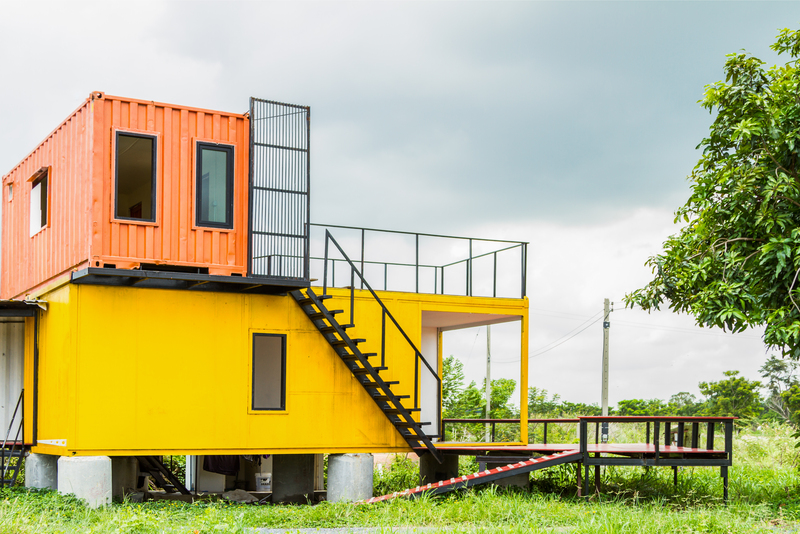Manufacturing waste is not just a burden on the environment but also a significant cost factor for businesses. Companies that effectively implement strategies to reduce manufacturing waste gain a competitive advantage by cutting costs, enhancing efficiency, and promoting sustainability. In this article, we explore comprehensive approaches and effective solutions for minimizing waste in manufacturing processes.
Understanding Manufacturing Waste
Before diving into solutions for waste reduction, it's essential to understand what constitutes manufacturing waste. It includes any material or resource that is not transformed into a final product. Broadly, waste can be categorized into several types:
- Material waste from unused raw materials
- Energy waste during production processes
- Time waste in the form of delays and inefficient processes
- Production overruns
- Defective products
Reducing these types of waste requires a detailed analysis and strategic interventions to modify existing processes.

Conducting a Waste Audit
The first step in waste reduction is a comprehensive waste audit. This process involves:
Identifying Waste Sources
Understand where waste occurs in your production line. Evaluate every phase from procurement to production and packaging to shipping.
Quantifying Waste
Measure the amount and types of waste generated. Accurate data collection helps in setting realistic reduction goals and tracking progress effectively.
Analyzing Causes
Analyze the root causes of waste generation. Is it due to inefficient processes, outdated technology, or poor-quality materials? Identifying causes is crucial for implementing the right solutions.
Leveraging Technology
Embracing technology is one of the most effective ways to minimize waste in manufacturing. Consider the following:
Implementing IoT and Industry 4.0
Integrate IoT devices and Industry 4.0 technologies to monitor production in real-time. These technologies provide valuable data on equipment performance and productive efficiency, helping to reduce both energy and material waste.
Adopting Advanced Manufacturing Systems
Advanced manufacturing systems, such as Computer Numerical Control (CNC) and 3D printing, minimize waste by precisely controlling material use and reducing human error.
Optimizing Supply Chain and Inventory
An efficient supply chain and inventory management system can significantly reduce waste:
Just-In-Time (JIT) Manufacturing
Implementing JIT can reduce overproduction and storage waste by ensuring that materials are ordered and produced only as needed.
Supplier Collaboration
Work closely with suppliers to ensure the quality and precision of materials delivered. Collaborative efforts can lead to the use of recyclable or reusable materials, contributing to overall waste reduction.
Enhancing Process Efficiency
Streamlining processes and enhancing efficiency can cut down waste significantly:
Lean Manufacturing
Adopt Lean Manufacturing principles aimed at reducing waste and improving workflow efficiency. This includes minimizing steps that do not add value to the final product.
Continuous Improvement
Implement a continuous improvement framework such as TQM (Total Quality Management) or Six Sigma. These frameworks help identify inefficiencies and establish consistent improvements in process quality.
Employee Engagement and Training
Engaged and well-trained employees are crucial in minimizing waste:
Training Programs
Offer training focused on waste reduction techniques and the importance of sustainable practices. Educated employees can identify waste sources and suggest innovations for reduction.
Incentivizing Waste Reduction
Create incentive programs that reward employees who successfully implement waste reduction ideas. This encourages a culture of sustainability and proactive problem solving.
Implementing Recycling and Reuse Programs
Recycling and reusing materials can significantly cut down manufacturing waste:
Recycled Materials
Encourage the use of recycled materials in production to reduce raw material waste.
Remanufacturing and Rework
Set up processes for remanufacturing defective products or reworking them into new items, thus reducing the need for new raw materials.

Monitoring and Evaluation
Constant monitoring and evaluation are essential to ensure that the waste minimization strategies are effective:
Utilize Key Performance Indicators (KPIs)
Develop and track KPIs related to waste management. This data helps in assessing the effectiveness of your reduction strategies and making informed adjustments.
Regular Reviews
Conduct regular reviews of waste management processes to identify new opportunities for reduction and ensure compliance with industry regulations and standards.
Conclusion
Minimizing manufacturing waste involves a strategic approach that incorporates technology, process optimization, employee involvement, and constant evaluation. By implementing these smart strategies, companies can achieve not only cost savings but also a more sustainable operational model that benefits the environment. Commitment to continuous improvement and innovation is the cornerstone of successful waste reduction in manufacturing.